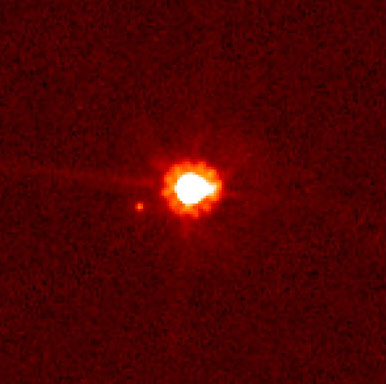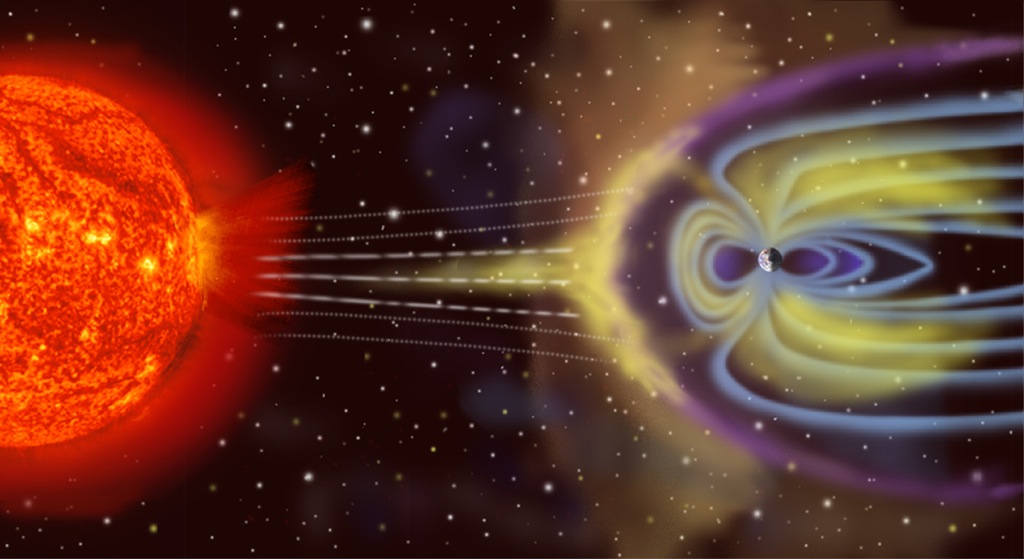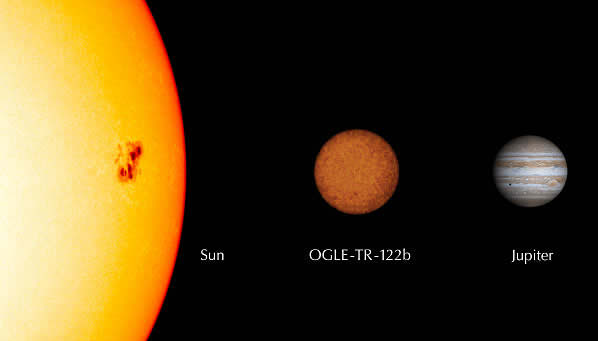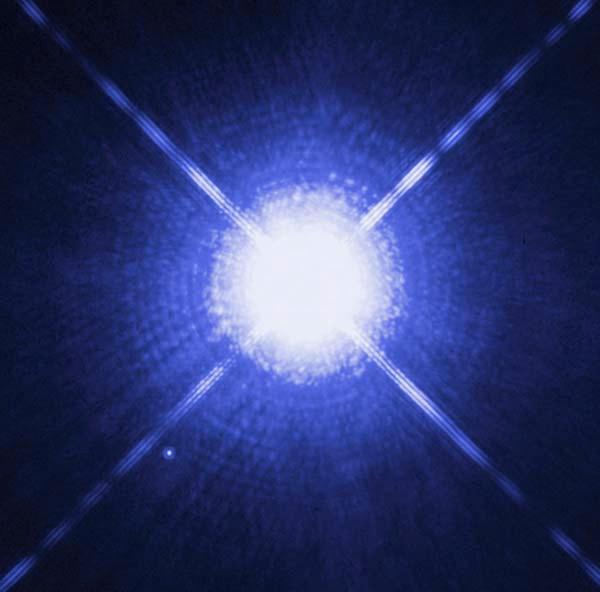Question: Why do some scientists consider Pluto to Not Be a Planet?
Answer: Since its discovery in 1930 until 2006, Pluto was considered a planet, just like the others in the Solar System. But in 2005, Caltech researcher Mike Brown announced that he had discovered a new object which was more distant, but larger in the Solar System.
This object was originally named 2003 UB 313, but then was given the official designation of Eris, after the Greek God of strife and discord. It briefly had the nickname Xena – yes, after the TV show.
With the discovery of Eris, astronomers had to reconsider their definition of a planet. Since Eris is larger than Pluto, the number of planets in the Solar System would need to be expanded to 10. And who knows how much larger it would become with future discoveries.
The International Astronomical Union met in Prague in 2006 to make a final decision. They decided that a planet must fulfill three criteria:
- It must orbit the Sun
- It must have enough mass to pull itself into a spherical shape
- It must have cleared out the other objects in its orbit.
It’s this 3rd part where Pluto falls down. Pluto has only a fraction of the mass of the rest of the objects in its orbit, while the rest of the planets have essentially cleared theirs out completely. Does Pluto have moons? It does, but even with the mass of its moons, Pluto still doesn’t dominate its orbit.
Pluto, Eris and the Asteroid Ceres were given the new designation of “dwarf planet”.
I go into this in much more detail with the article, Why is Pluto Not a Planet?








